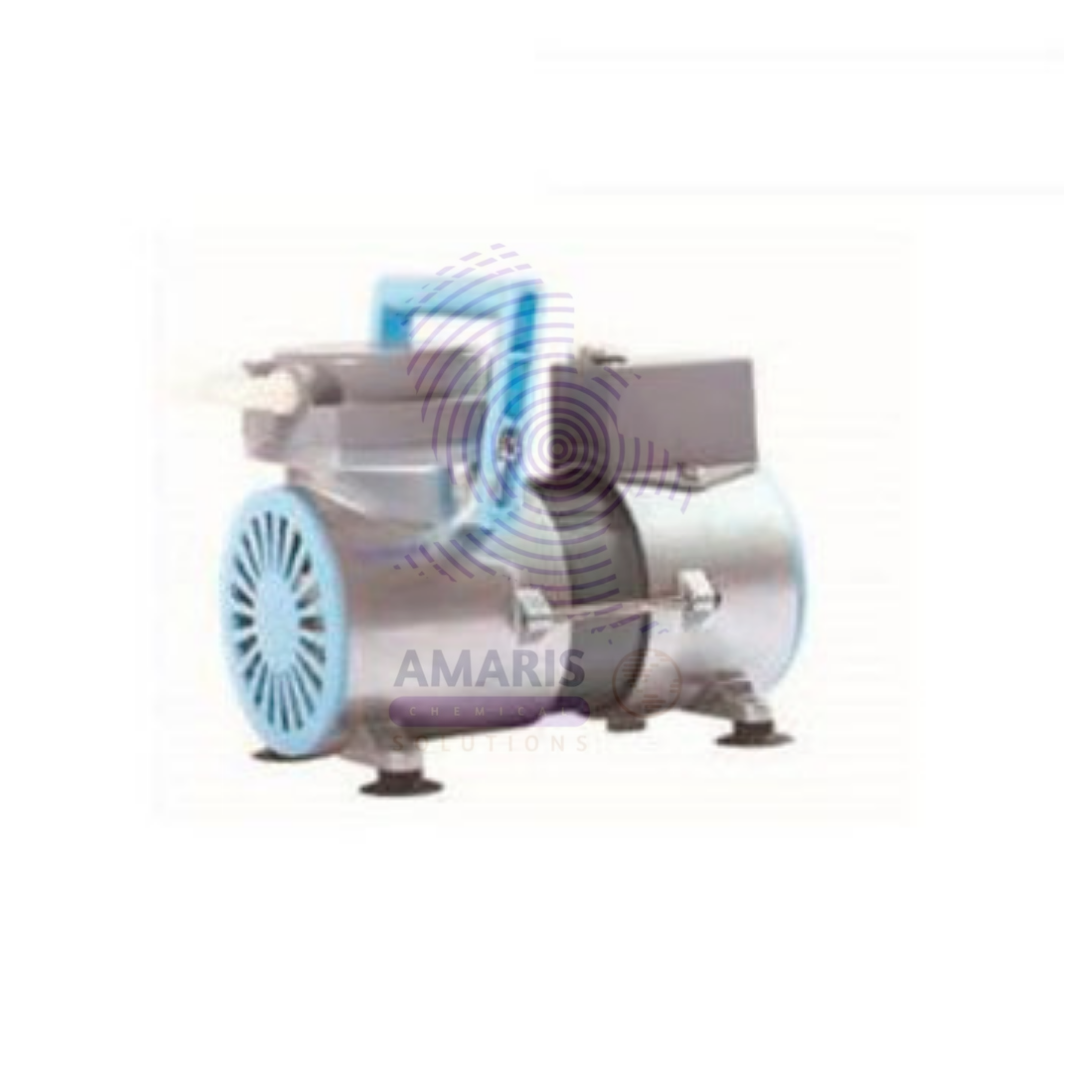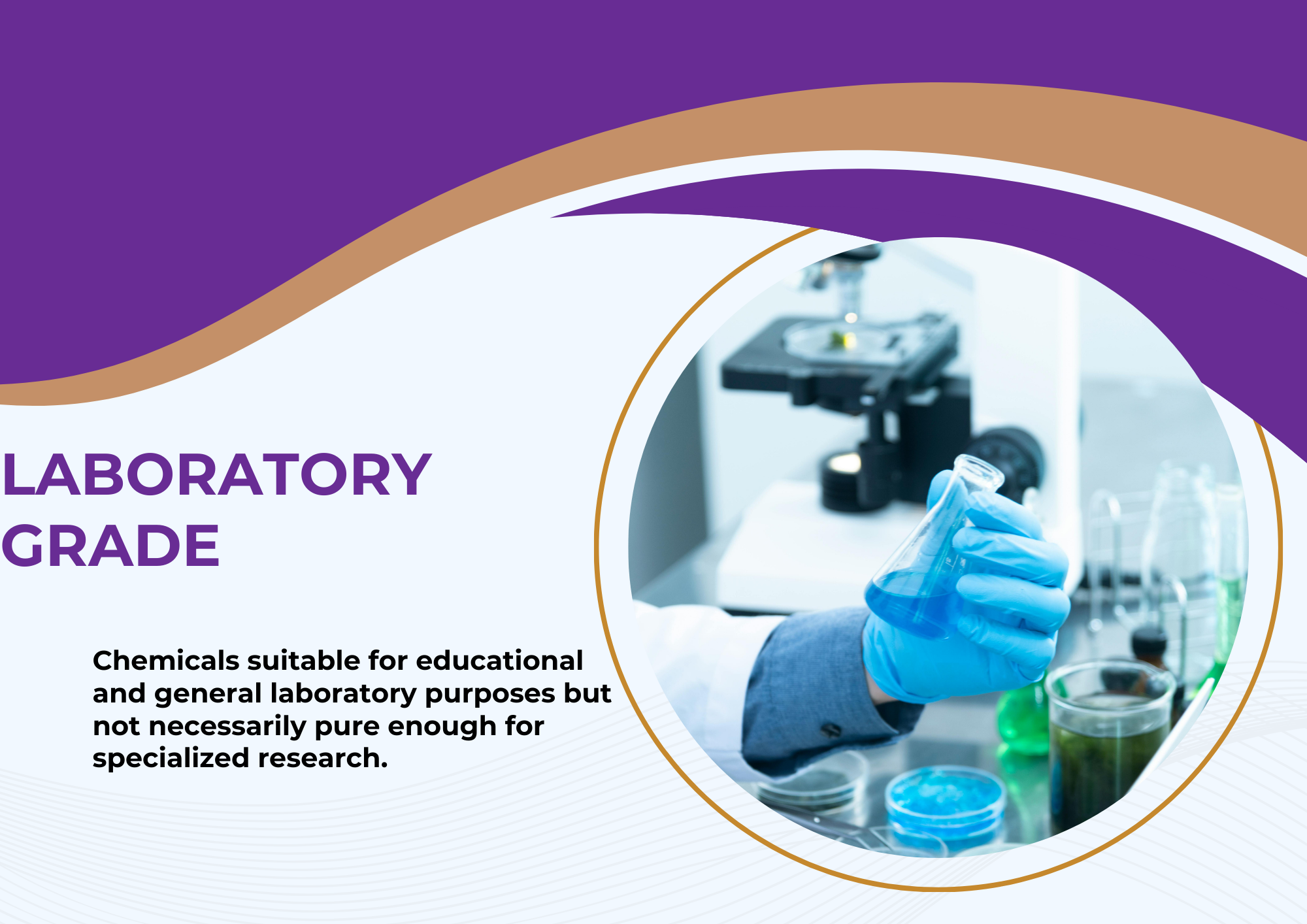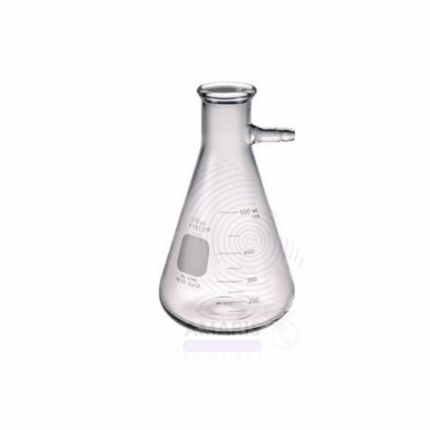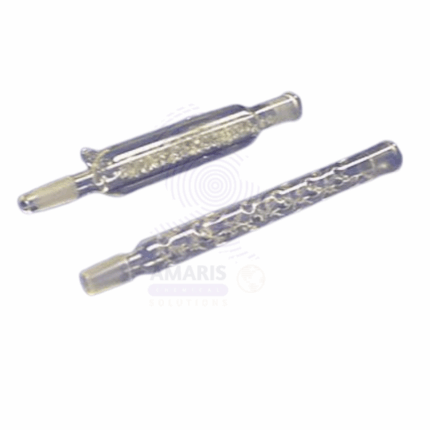
Vacuum and air pressure pump combined
$ 32.90 Original price was: $ 32.90.$ 32.74Current price is: $ 32.74.
Product Description
The Vacuum and Air Pressure Pump Combined is a versatile laboratory device designed to generate both vacuum and positive air pressure within experimental setups. This dual-function pump efficiently supports a wide range of laboratory applications requiring controlled pressure environments. Constructed with durable materials and precision engineering, it offers reliable performance, easy operation, and compatibility with various laboratory instruments such as filtration units, desiccators, and pressure chambers. The combined pump is essential for fluid transfer, filtration, degassing, and pressure regulation tasks in chemical, biological, medical, and industrial laboratories.
Vacuum and air pressure pump combined
Primary Uses
- Laboratory and Medical Applications
- Used for creating vacuum conditions in filtration setups to accelerate liquid separation processes.
- Employed in medical laboratories for suction and aspiration procedures.
- Utilized in degassing of samples and solvents prior to analysis to remove dissolved gases.
- Supports controlled pressurization in chromatography systems for efficient elution.
- Facilitates evacuation of air from desiccators to maintain dry environments for sensitive samples.
- Used in pneumatic applications requiring precise vacuum and pressure control.
- Supports vacuum drying of heat-sensitive biological or chemical samples.
Secondary Uses
- Research and Industrial Applications
- Employed in industrial process control where both vacuum and pressure are necessary, such as packaging and material testing.
- Used in environmental research for gas sampling and controlled atmosphere studies.
- Supports vacuum impregnation and pressure infiltration processes in materials science.
- Utilized in petrochemical labs for fluid transfer and pressure testing.
- Assists in leak detection by creating differential pressure environments.
- Used in HVAC and automotive industries for testing vacuum and pressure components.
- Facilitates pneumatic tool operation in workshop and manufacturing settings.
1.Basic Identification Attributes
- Type: Combined vacuum and air pressure pump
- Material: High-quality corrosion-resistant metals and plastics
- Operation: Manual or electric depending on model
- Compatibility: Connectors for various tubing sizes and laboratory equipment
2.Physical & Chemical Properties
- Pressure Range: Adjustable vacuum and positive pressure ranges suitable for diverse applications
- Durability: Resistant to chemical exposure and mechanical wear
- Noise Level: Engineered for low noise operation in laboratory environments
3.Safety & Hazard Attributes
- Requires careful handling to prevent over-pressurization
- Follow manufacturer guidelines to avoid mechanical failure
4.Storage & Handling Attributes
- Store in a clean, dry area away from corrosive substances
- Regular maintenance recommended to ensure optimal performance
- Use appropriate PPE when connecting or disconnecting to pressurized systems
5.Regulatory & Compliance Attributes
- Compliant with laboratory safety standards
- Suitable for use in GMP and GLP laboratories
6.Environmental & Health Impact
- Designed for energy-efficient operation to reduce environmental footprint
- Use and dispose of according to local regulations for electrical equipment
Safety Handling Precautions
- Avoid direct contact with moving parts during operation
- Ensure all connections are secure to prevent leaks or accidental disconnection
First Aid Measures
- In case of injury from mechanical components, seek immediate medical attention
- Follow safety protocols for exposure to any chemicals handled with the pump
Firefighting Measures
- Non-flammable device
- Use appropriate extinguishing methods for surrounding fire hazards


 Preservatives(food)
Preservatives(food) Flavor Enhancers
Flavor Enhancers Acidulants
Acidulants Sweeteners
Sweeteners Antioxidants
Antioxidants Colorants(food)
Colorants(food) Nutraceutical Ingredients (food)
Nutraceutical Ingredients (food) Nutrient Supplements
Nutrient Supplements Emulsifiers
Emulsifiers
 Collectors
Collectors Dust Suppressants
Dust Suppressants Explosives and Blasting Agents
Explosives and Blasting Agents Flocculants and Coagulants
Flocculants and Coagulants Frothers
Frothers Leaching Agents
Leaching Agents pH Modifiers
pH Modifiers Precious Metal Extraction Agents
Precious Metal Extraction Agents
 Antioxidants(plastic)
Antioxidants(plastic) Colorants (Pigments, Dyes)
Colorants (Pigments, Dyes) Fillers and Reinforcements
Fillers and Reinforcements Flame Retardants
Flame Retardants Monomers
Monomers Plasticizers
Plasticizers Polymerization Initiators
Polymerization Initiators Stabilizers (UV, Heat)
Stabilizers (UV, Heat)
 Antifoaming Agents
Antifoaming Agents Chelating Agents
Chelating Agents Coagulants and Flocculants
Coagulants and Flocculants Corrosion Inhibitors
Corrosion Inhibitors Disinfectants and Biocides
Disinfectants and Biocides Oxidizing Agents
Oxidizing Agents pH Adjusters
pH Adjusters Scale Inhibitors( water)
Scale Inhibitors( water)
 Antioxidants(cosmetic)
Antioxidants(cosmetic) Emollients
Emollients Fragrances and Essential Oils
Fragrances and Essential Oils Humectants
Humectants Preservatives
Preservatives Surfactants(cosmetic)
Surfactants(cosmetic) Thickeners
Thickeners UV Filters
UV Filters
 Fertilizers
Fertilizers Soil Conditioners
Soil Conditioners Plant Growth Regulators
Plant Growth Regulators Animal Feed Additives
Animal Feed Additives Biostimulants
Biostimulants Pesticides (Herbicides, Insecticides, Fungicides)
Pesticides (Herbicides, Insecticides, Fungicides)
 Active Pharmaceutical Ingredients (APIs)
Active Pharmaceutical Ingredients (APIs) Excipients
Excipients Solvents(pharmaceutical)
Solvents(pharmaceutical) Antibiotics
Antibiotics Antiseptics and Disinfectants
Antiseptics and Disinfectants Vaccine Adjuvants
Vaccine Adjuvants Nutraceutical Ingredients (pharmaceutical)
Nutraceutical Ingredients (pharmaceutical) Analgesics & Antipyretics
Analgesics & Antipyretics
 Analytical Reagents
Analytical Reagents Solvents(lab)
Solvents(lab) Chromatography Chemicals
Chromatography Chemicals Spectroscopy Reagents
Spectroscopy Reagents microbiology-and-cell-culture-reagents
microbiology-and-cell-culture-reagents Molecular Biology Reagents
Molecular Biology Reagents Biochemical Reagents
Biochemical Reagents Inorganic and Organic Standards
Inorganic and Organic Standards Laboratory Safety Chemicals
Laboratory Safety Chemicals Specialty Laboratory Chemicals(Special Laboratory Equipment)
Specialty Laboratory Chemicals(Special Laboratory Equipment)
 Demulsifiers
Demulsifiers Hydraulic Fracturing Fluids
Hydraulic Fracturing Fluids Scale Inhibitors(oil)
Scale Inhibitors(oil) Surfactants(oil)
Surfactants(oil) Drilling Fluids
Drilling Fluids
 Dyes and Pigments
Dyes and Pigments Bleaching Agents
Bleaching Agents Softening Agents
Softening Agents Finishing Agents
Finishing Agents Antistatic Agents
Antistatic Agents
 Admixtures
Admixtures Waterproofing Agents
Waterproofing Agents Sealants and Adhesives
Sealants and Adhesives Curing Compounds
Curing Compounds Concrete Repair Chemicals
Concrete Repair Chemicals Anti-Corrosion Coatings
Anti-Corrosion Coatings
 Surfactants(cleaning)
Surfactants(cleaning) Builders
Builders Enzymes
Enzymes Solvents (Cleaning)
Solvents (Cleaning) Fragrances
Fragrances
 Electronic Chemicals
Electronic Chemicals Catalysts
Catalysts Lubricants
Lubricants Photographic Chemicals
Photographic Chemicals Refrigerants
Refrigerants Automotive chemicals
Automotive chemicals Pyrotechnic Chemicals
Pyrotechnic Chemicals
 Biodegradable Surfactants
Biodegradable Surfactants Bio-based Solvents
Bio-based Solvents Renewable Polymers
Renewable Polymers Carbon Capture Chemicals
Carbon Capture Chemicals Wastewater Treatment Chemicals
Wastewater Treatment Chemicals
 Pigments
Pigments Solvents(paint)
Solvents(paint) Specialty Coatings
Specialty Coatings Binders/Resins
Binders/Resins Additives
Additives Driers
Driers Anti-Corrosion Agents
Anti-Corrosion Agents Functional Coatings
Functional Coatings Application-Specific Coatings
Application-Specific Coatings
 Fresh Herbs
Fresh Herbs Ground Spices
Ground Spices Whole Spices
Whole Spices Spice Blends
Spice Blends Dried Herbs
Dried Herbs
 Leavening Agents
Leavening Agents Dough Conditioners
Dough Conditioners Flour Treatments
Flour Treatments Fat Replacers
Fat Replacers Decoratives
Decoratives Preservatives(baking)
Preservatives(baking)
 Plasticizers & Softeners
Plasticizers & Softeners Reinforcing Agents
Reinforcing Agents Adhesion Promoters
Adhesion Promoters Vulcanizing Agents
Vulcanizing Agents Antidegradants
Antidegradants Blowing Agents
Blowing Agents Fillers & Extenders
Fillers & Extenders Accelerators & Retarders
Accelerators & Retarders






















